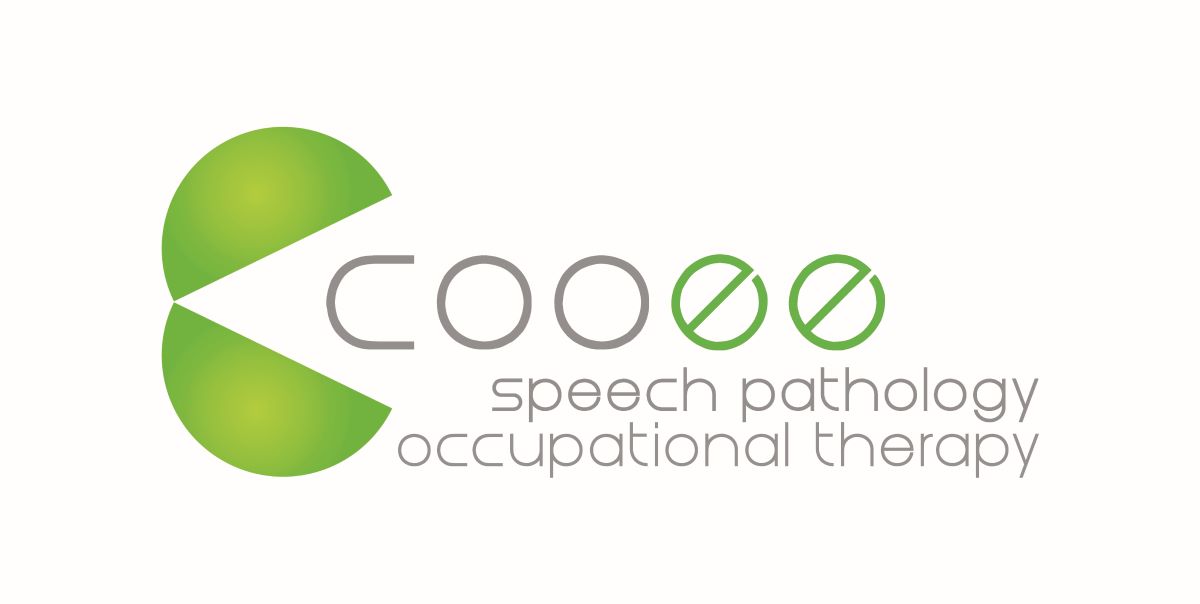ADHD in Focus: Different Ways of Understanding, and How Therapy Can Help
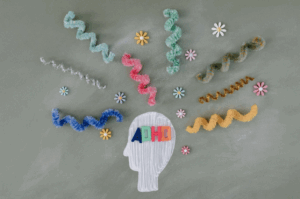
When you hear the term “ADHD,” you might already have a picture in your mind — a child who’s always on the go, struggles to sit still, or loses focus easily. But ADHD is much more complex than that. It can affect children in many different ways, and research is still uncovering new insights into how it works. That’s why it’s important to look at ADHD from different perspectives, so we can better understand both the challenges and the strengths it brings.
Different Perspectives on ADHD
From a biomedical model…
ADHD is seen as a neurodevelopmental disorder — meaning it’s linked to how the brain develops and works. Research shows that ADHD is lifelong and can affect both children and adults. From this perspective, ADHD is called a “disorder” because it can create challenges with attention, behaviour, and day-to-day life.
From a neurodiversity model…
The neurodiversity perspective looks at ADHD as a natural difference in how the brain is wired, rather than a disorder. From this view, ADHD isn’t “broken” — it’s simply different. People with ADHD often bring unique strengths such as creativity, energy, and fresh ways of thinking.
ADHD isn’t just one thing. Some people see it as a medical condition, others as a different way of thinking. Both views can help us understand and support children with ADHD.
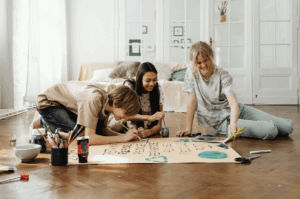 What happens in the brain?
What happens in the brain?
Research has found that ADHD brains work a little differently from neurotypical brains. One area of focus is brain chemicals (called neurotransmitters) that help us stay motivated, pay attention, and manage behaviour. In ADHD, chemicals like dopamine and norepinephrine don’t function in quite the same way, which can make it harder to regulate focus and motivation.
Because of these brain differences, people with ADHD often find executive functioning skills more challenging. These are the everyday tools we all use to plan, organise, manage time, control impulses, and handle emotions.
ADHD brains aren’t “less than” — they’re wired differently. These differences can bring challenges, but also creativity, energy, and fresh ideas.
How Executive Function Impacts Daily Life
Executive functions are like the brain’s “management system.” When these skills are tricky, it can make daily tasks — from getting ready for school to making friends — feel harder.
Difficulties with executive function can affect many parts of your child’s day-to-day experiences. For example:
- Self-regulation
Finding it hard to calm down after getting upset, coping with minor frustrations or setbacks, or struggling to wait their turn in a game. - Sensory processing
Becoming easily overwhelmed in noisy classrooms, appearing overly active across their environments, or avoiding messy play because it feels uncomfortable. - Independence
Needing lots of reminders to get dressed in the morning, finding it difficult to follow a routine on their own, or forgetting what to pack in their school bag. - Social engagement
Interrupting friends during play, missing social cues like when it’s time to stop talking, or finding it hard to join group activities without support. - Attention and focus
Losing track of instructions part-way through, daydreaming during lessons, difficulty moving between activities, or jumping between activities without finishing them.
While these challenges can feel tricky, it’s important to remember that children with ADHD also bring incredible strengths. Many are creative problem-solvers, curious explorers, enthusiastic learners, and full of energy. With the right support, their unique ways of thinking can become powerful assets.
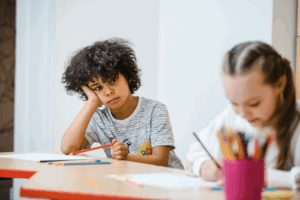 Supporting children with ADHD
Supporting children with ADHD
Because ADHD can affect executive functioning skills like planning, organisation, impulse control, and emotional regulation, children often benefit from therapy to support learning and development in these areas.
For children with ADHD, therapy usually looks like play-based and child-led sessions. Play is a natural way for children to learn and practise new skills, and therapy is most effective when it also includes collaboration with parents, teachers, and other important people in your child’s life.
Play is a safe and fun way for children with ADHD to practise planning, problem-solving, and social skills.
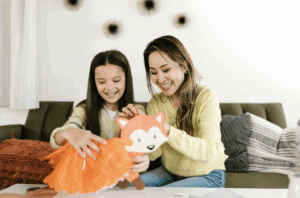
If you’d like to learn more about executive function and how play builds these skills, check out our blog post here:
How does problem solving develop through play? https://www.cooeespeech.com.au/2025/04/how-does-problem-solving-develop-through-play
The overall goal of therapy is to give children with ADHD the tools and strategies they need to approach everyday activities with more confidence and independence. Importantly, therapy works best when goals are meaningful to your child and family — rather than trying to make them “fit” neurotypical expectations.
For more information, please contact us via our website – www.cooeespeech.com.au; our socials @cooeespeech, or you can contact us at the clinic on 3265 4495 or via email at [email protected]
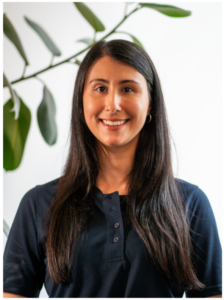
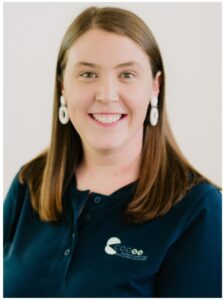
Joint blog written by Occupational Therapist Helena Manicaros and Speech Pathologist Tess Marson, September 2025.
